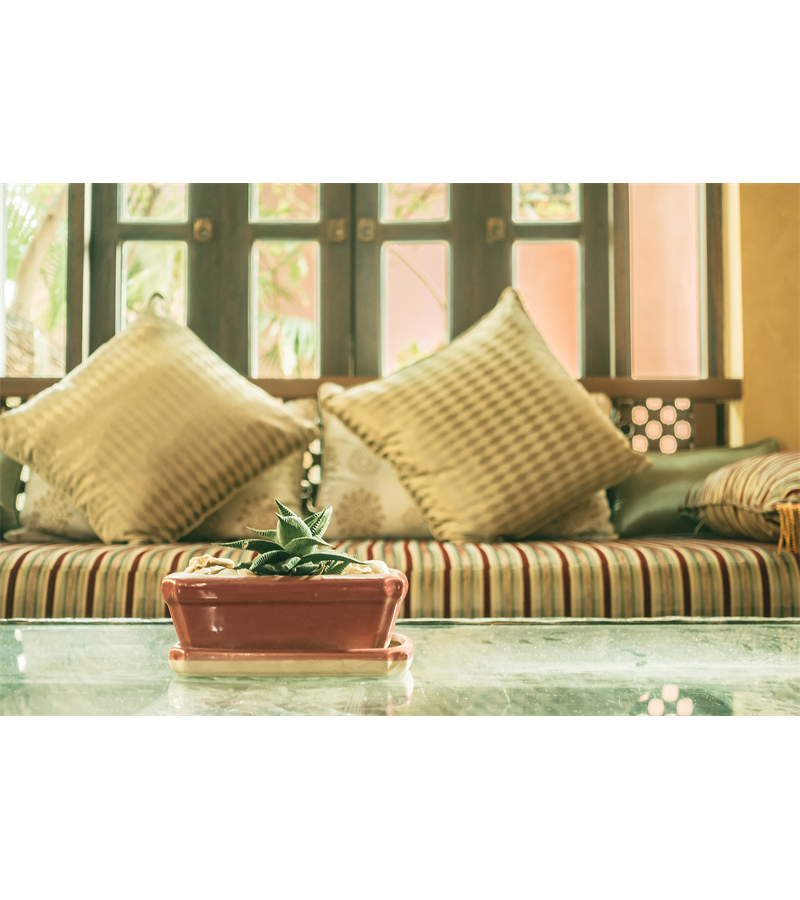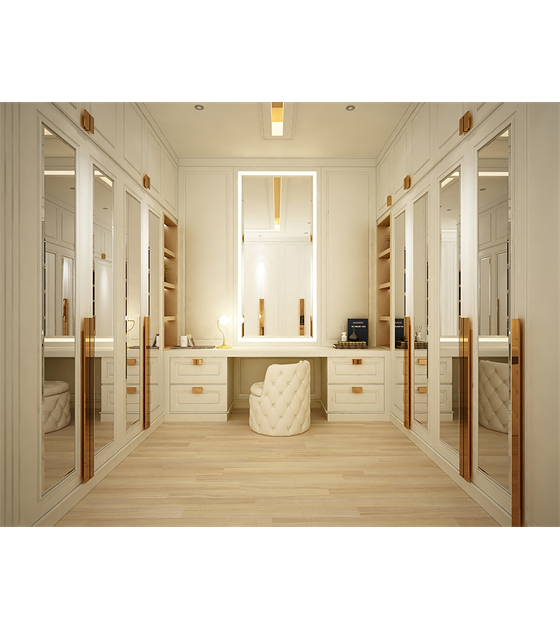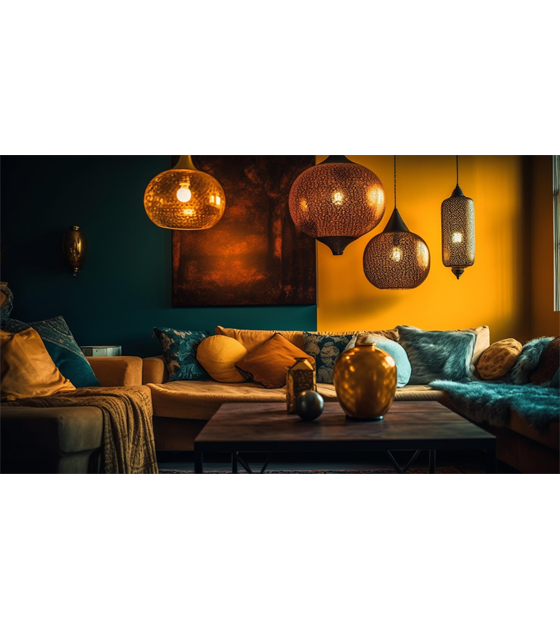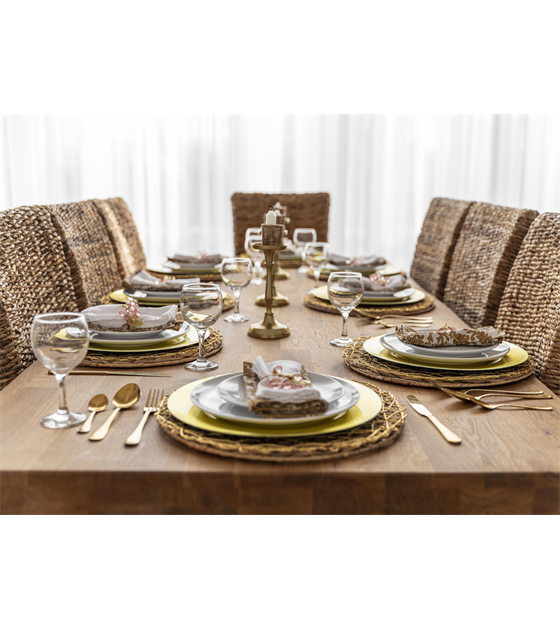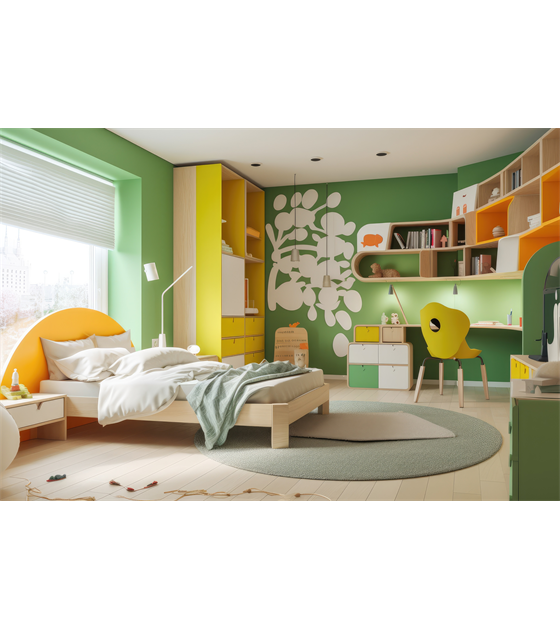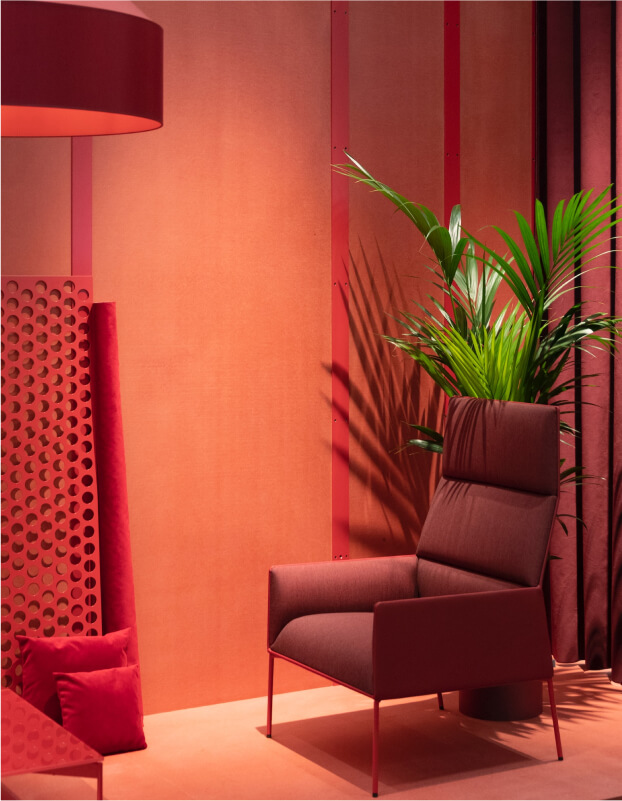Ottoman Furniture Culture
The Ottoman Empire, which embraced the classic furniture style in every corner of the home, continues to echo the traces of its cultural significance today. The quality and durability of the materials used by the master craftsmen of that era demonstrate how generously they pursued their craft. In this regard, many objects from that period have been preserved to this day without losing their noble spirit. Items such as tables, chairs, dowry chests, beds, drawer furniture, wardrobes, and coffee tables showcased all the intricacies of woodworking art during the Ottoman era. Even everyday-use furniture was created with an elegant aesthetic perspective.
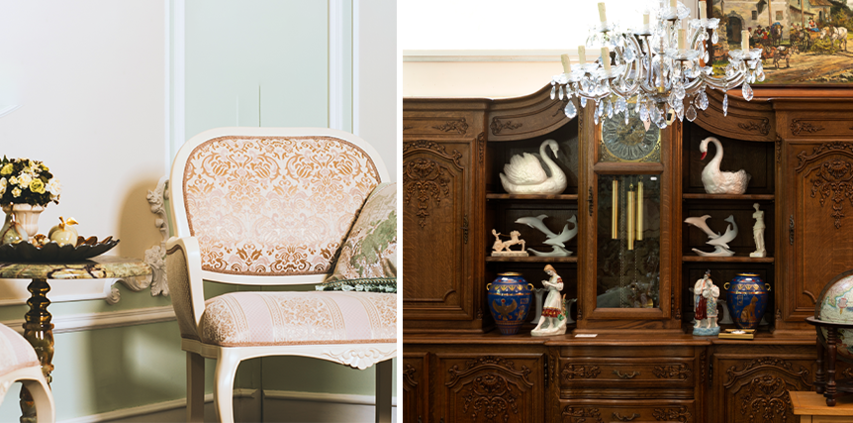
Benches Carrying the Marks of Pleasant Conversations
When we think of indispensable elements of Ottoman palaces and homes during the Ottoman Empire, classic benches come to mind. Meaning "cornerstone," the term "sedir" has extended its significance as an important cultural symbol that has adorned homes up to the present day. Sedir furniture, with its expanding range of uses, continues to uphold Ottoman culture even now. Its functionality and ability to harmonize with every corner of the home make it a compelling choice. Ottoman benches bore witness to the warm conversations and frothy Turkish coffees of guests. In an era where conversation and hospitality were highly regarded, benches emerge as traces of sincerity. For those who wish to recreate this feeling in their own homes and experience this authentic culture, Ottoman benches are a must-have piece of furniture.

The Architects of Furniture Adorned with Gold and Silver Leaf
In Ottoman art and craftsmanship, there was always an emphasis on bringing the charm of classics to the forefront. That's why those who seek rich and majestic aesthetics in their living spaces today should certainly explore Ottoman creations. The use of pure wood in their construction meant that there were no issues with the peeling of gold and silver coatings. Tables were completed with wooden or high-quality marble tops. Furniture requiring fabric, such as sofas and chairs, featured fringe, embroidery, and high-quality fabrics.
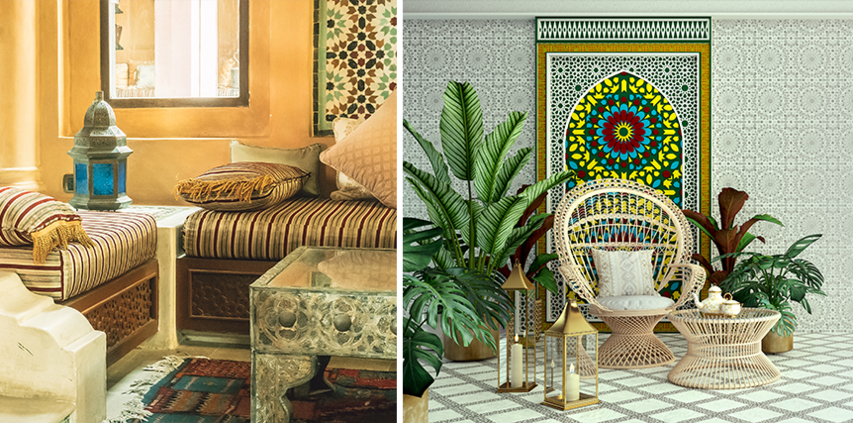
The Ottomans excelled in woodworking, mother-of-pearl inlay, and carving, among other crafts, producing magnificent works of art. They will continue to be known as a civilization that shaped the classical style with the figures they incorporated into their designs, each of which carries a deep artistic meaning and vividly expresses the emotions of our furniture.


